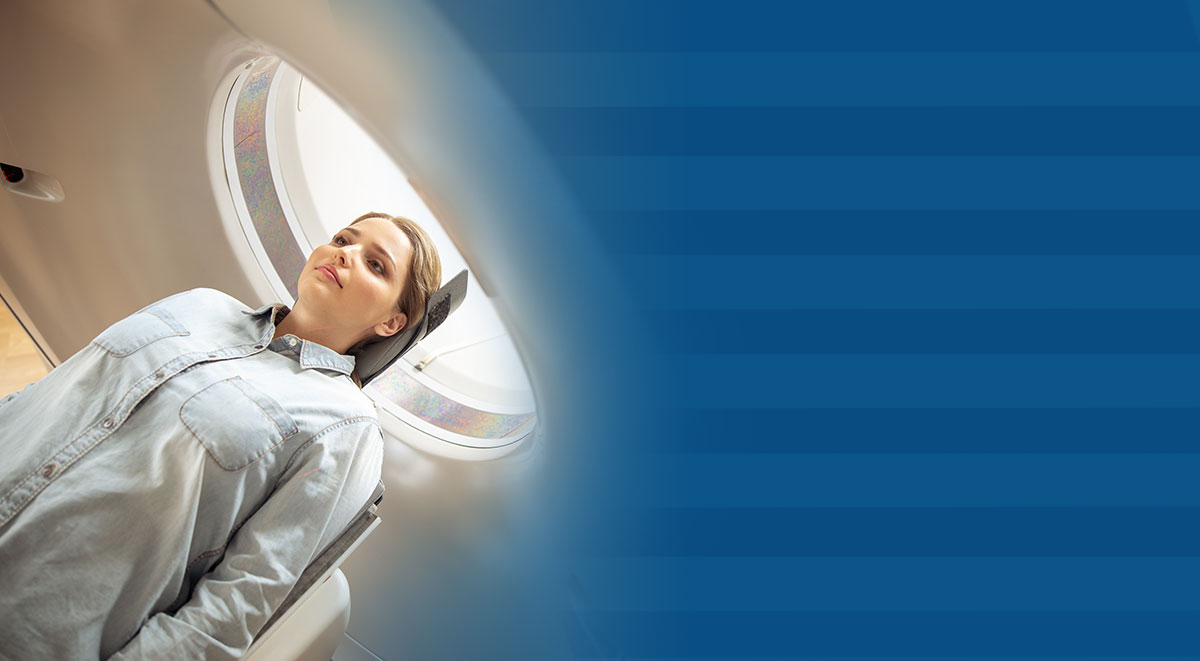X-Ray Clinic in West New York, and West Hudson, NJ
X-rays are instrumental in diagnosing an extensive array of medical conditions. They are an integral part of the diagnostic process, particularly in instances where a patient’s condition can’t be diagnosed through their symptoms, medical history, and physical examination alone. Advanced Magnetic Imaging and Advanced Open MRI offer X-ray services for convenient diagnosis. For more information, contact us, or request an appointment online. We have convenient locations to serve you in West New York, NJ and West Hudson, NJ.


Table of Contents:
What are the types of X-rays?
What can X-rays diagnose?
How are X-rays performed?
When should you go for an X-ray?
X-rays encompass a wide array of imaging tests, each designed to cater to specific diagnostic needs. Among the many types, conventional radiology stands out for its ability to produce two-dimensional images, primarily used for examining bones, detecting fractures, and identifying other bone-related health issues.
Another advanced form, Computerized Tomography (CT) scans, generates cross-sectional images to create a comprehensive 3D view of organs, tissues, and the skeletal system, unveiling abnormalities with remarkable clarity.
Mammography, specialized for breast cancer screening, provides detailed images of the breast, aiding in early detection efforts. Angiography focuses on the body’s blood vessels, identifying blockages and other vascular issues, while Fluoroscopy offers real-time imaging of the patient’s internal structures, proving invaluable during surgical procedures.
Each of these X-ray types is selected based on the specific condition suspected, making them a highly versatile testing method to diagnose a wide range of conditions promptly and facilitate swift treatment interventions.
X-rays are instrumental in diagnosing an extensive array of medical conditions, from bone-related issues such as fractures, breaks, and tumors (both cancerous and non-cancerous) to lung and heart problems. They are an integral part of the diagnostic process, particularly in instances where a patient’s condition can’t be diagnosed through their symptoms, medical history, and physical examination alone.
Beyond skeletal concerns, X-rays can identify lung diseases, congestive heart failure, and even foreign objects within the body, providing critical information for confirming diagnoses and facilitating timely treatment interventions.
Conditions like scoliosis and dental issues also fall within the scope of X-rays, which are valuable in the diagnosis of various health conditions, whether to confirm a diagnosis or identify the early warning signs of an otherwise undetected condition.
The process of undergoing an X-ray is straightforward and designed to minimize patient discomfort. Before the test, individuals may be asked to remove clothing or jewelry that could obscure the area being examined and are provided with a gown if needed.
During the procedure, the patient may either be lying on an X-ray table or standing depending on the specific area being imaged. To ensure the highest quality images, parts of the body not being examined may be covered, and the patient is instructed to remain still while the X-ray is directed towards the targeted area to avoid blurry images and ensure an accurate diagnosis.
X-rays can be taken from multiple angles to thoroughly examine the concern. This non-invasive procedure is typically performed on an outpatient basis, allowing patients to resume their daily activities immediately afterward, with minimal preparatory steps required.
Determining the right time to undergo an X-ray often depends on the need to confirm a suspected diagnosis or to aid in the diagnostic process when the nature of a health condition is unclear from a review of symptoms and physical examination alone.
Individuals might be directed to have an X-ray after experiencing trauma or an accident to assess for fractures or broken bones, or when they have symptoms that suggest underlying conditions, such as persistent pain, limited mobility, difficulty swallowing, breathing troubles, or digestive issues.
Healthcare providers, often in consultation with specialists at facilities like Advanced Magnetic Imaging, will advise patients on the necessity of an X-ray based on their specific symptoms, medical and family history, and overall health status, ensuring that the imaging test chosen is most suited to address their healthcare concerns and facilitate the most effective treatment plan.
While X-rays are commonly used in the diagnosis of breaks and fractures their many types ensure they are highly versatile at diagnosing a myriad of conditions. Come to Advanced Magnetic Imaging for X-ray services. Contact us for more information. We serve patients from West New York NJ, North Bergen NJ, Union City NJ, Guttenberg NJ, Weehawken NJ, Hoboken NJ, Fort Lee NJ, Englewood NJ, East Rutherford NJ, Jersey City NJ, West Hudson NJ, Newark NJ, Nutley NJ, Secaucus NJ, Belleville NJ, Hoboken NJ, Bloomfield NJ, and the surrounding areas! Book your next appointment now – you will be glad you did! Visit us online for directions to our leading clinic and to meet our team of healthcare professionals.

ADDITIONAL SERVICES YOU MAY NEED




